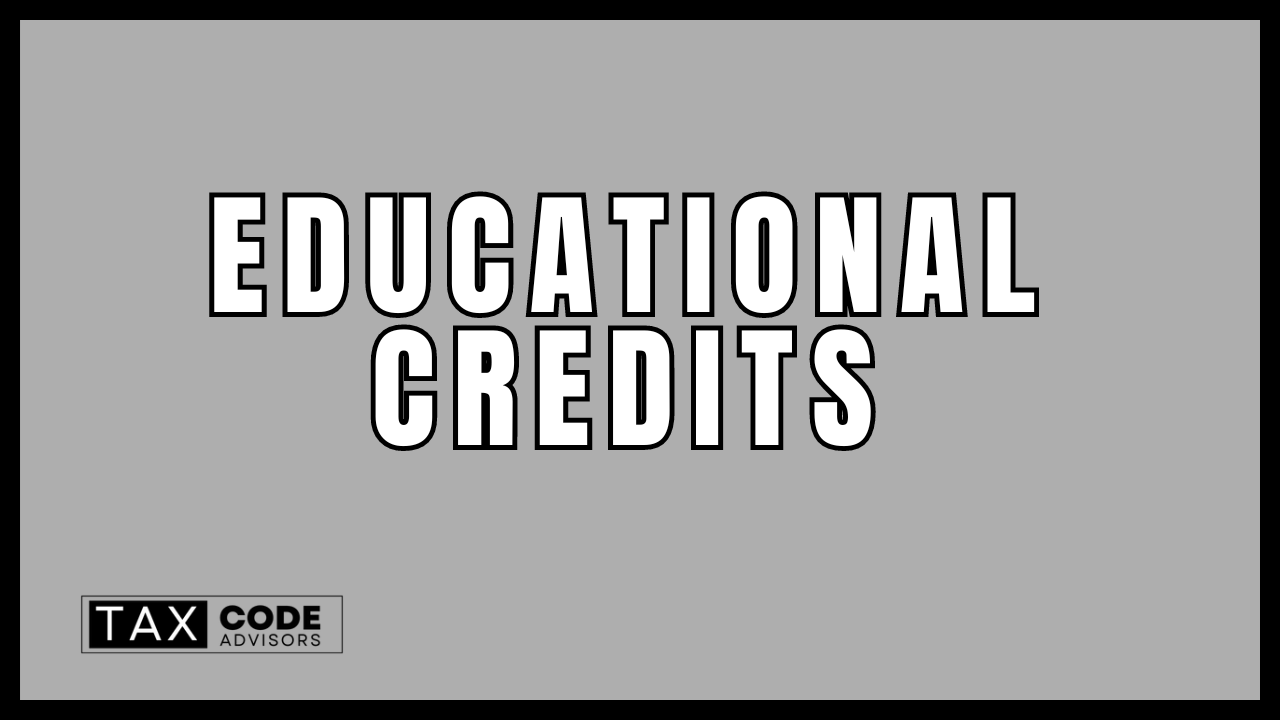
The AOTC is a federal tax credit designed to reduce education-related costs for the first four years of postsecondary education, offering up to $2,500 per eligible student each year. This credit can be claimed by the student, a person who lists the student as a dependent, or a spouse who pays for postsecondary educational expenses.
Households with qualifying students can get a tax break, up to $2,500 each year, during the initial four years of higher education. For dependent full-time students aged 19 to 24, there's an additional chance to claim a $500 Child Tax Credit.
The AOTC assists with costs like tuition and essential educational materials. Claimants can receive a credit for 100% of the initial $2,000 of academic expenses and 25% of the next $2,000, totalling a $2,500 maximum. The AOTC is also unique in that it's partially refundable; if the credit outstrips your tax due, you can receive up to 40% of the remaining credit (to a maximum of $1,000) as a refund.
To qualify for the AOTC, you must meet these conditions:
Receipt of IRS Form 1098-T is also a necessity to claim this credit.
Eligible students must be pursuing a degree or recognized credential, enrolled at least half-time, and not have completed the first four years of higher education at the start of the tax year. The AOTC is off-limits for students who've claimed it or the former Hope credit for more than four tax years or those with a felony drug conviction.
Qualified expenses include tuition and certain mandatory fees and educational materials, provided they are required for attendance at an accredited educational institution.
To receive the full AOTC, a taxpayer's MAGI must be $80,000 or less, or $160,000 or less for those filing jointly. The credit phases out above these income brackets and isn't available beyond a MAGI of $90,000 ($180,000 for joint filers).
The AOTC and LLC are both tax credits for education expenses, but with notable differences. The LLC offers up to $2,000 per tax return and isn't confined to degree-seeking students or specific enrollment statuses. It's also nonrefundable, so any credit beyond the tax liability won't be returned as a refund.
Other federal tax provisions also support education costs, including tax deductions and tax-advantaged savings accounts, like 529 plans and Coverdell Education Savings Accounts. After the Tax Cuts and Jobs Act, up to $10,000 from 529 plan distributions can be used annually for K-12 expenses, which previously only applied to postsecondary costs.
Rosa, a full-time college student who also works, uses student loans to pay tuition and a 529 plan for room and board. Despite the 529 covering certain costs, she elects the AOTC for its larger credit and refund potential, benefitting from tax reduction and a partial refund.
File Form 8863 alongside your Form 1040 or 1040-SR. The nonrefundable and refundable portions of the credit should be reported on Schedule 3 and line 29 of the respective forms.
Can the AOTC and LLC be claimed concurrently? Yes, but not for the same student or the same expenses in one tax year.
Is the AOTC available with grant receipt? Yes, but grants must be subtracted from the qualifying expenses before claiming the credit. For instance, with $5,000 in expenses and a $4,000 grant, you can claim $1,000 for the AOTC. Grants here include tax-free parts of scholarships, Pell Grants, and any other tax-free educational assistance.